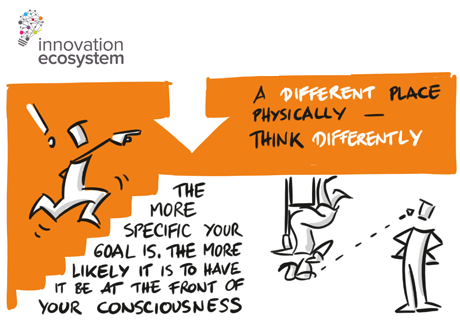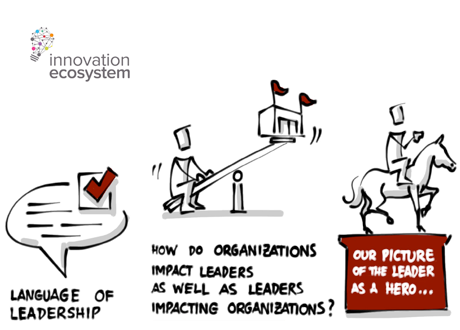Caroline is the CEO of Sevenshift, a firm that shows people how to leverage behavioral science to improve their working life. Caroline is also the author of How To Have A Good Day, which has been published in 16 different languages, in more than 60 countries. Some of the topics Mark and Caroline cover on this week’s show are: The secret manifesto Caroline has hidden in the book, which is shared by the Innovation Ecosystem, the 100-plus tools Caroline uses, all of which are scientifically proven, and operate independent of context, culture, or industry, and what you can do to hack reality in service of having a good day.









